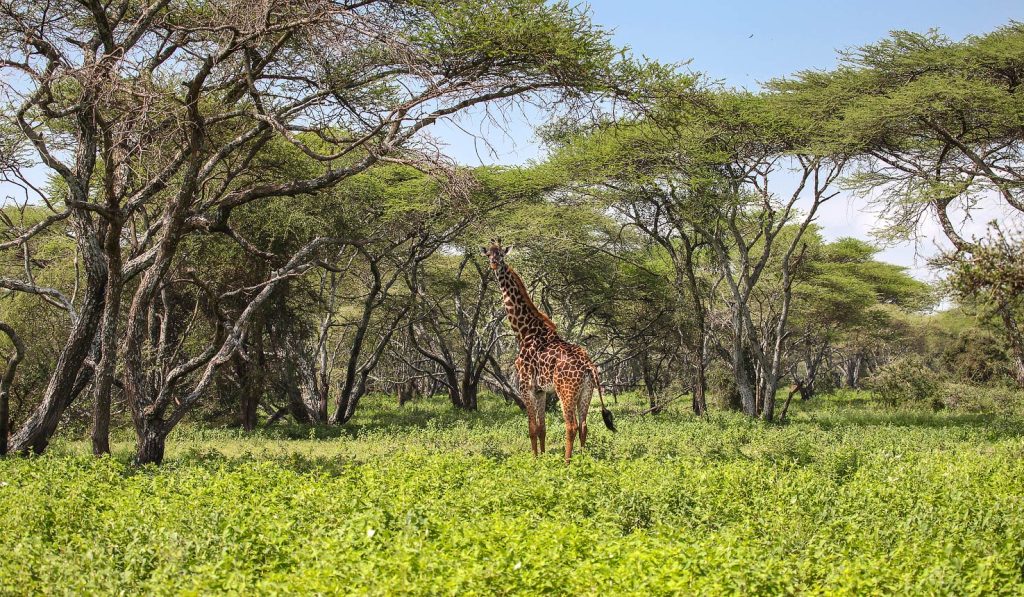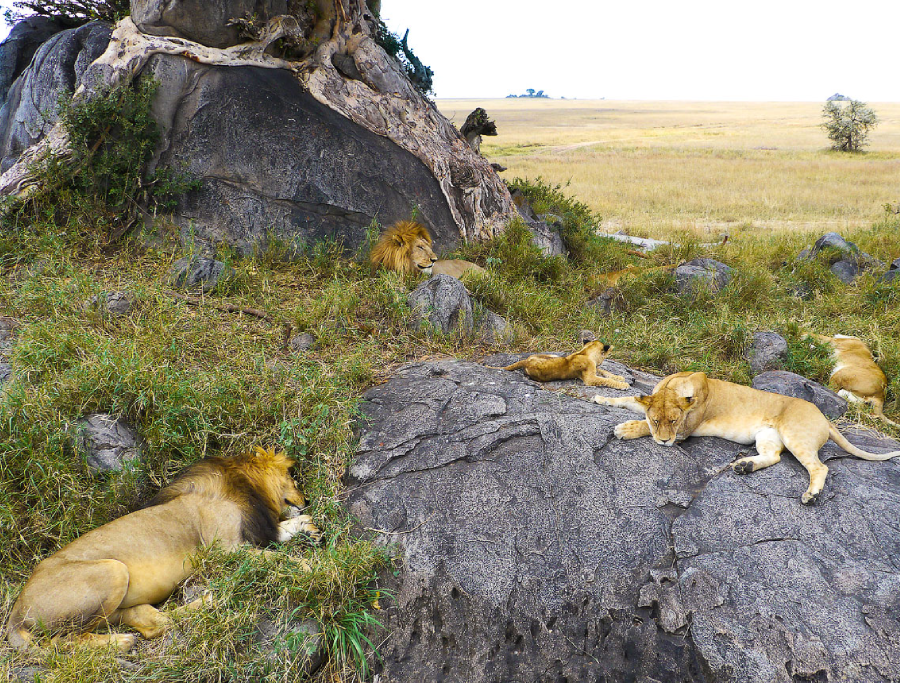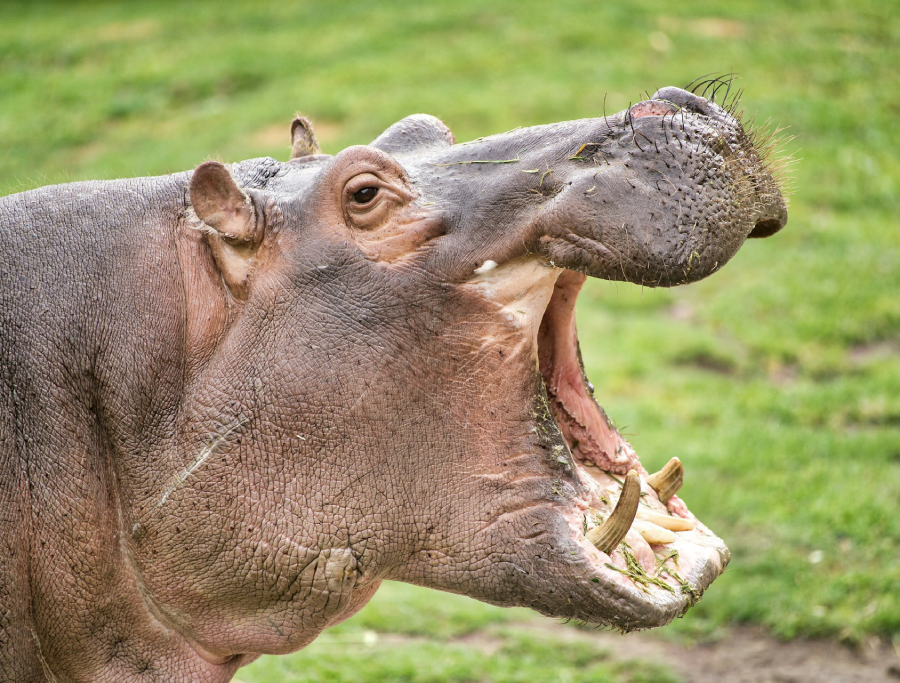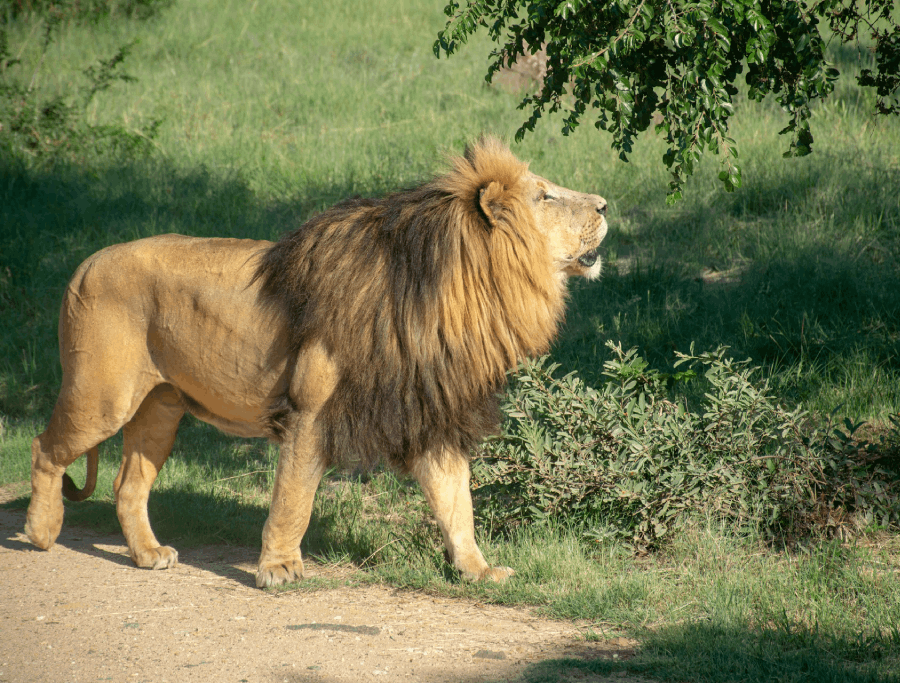We’ll explore the fascinating world of the giraffes, from their long necks to their unique patterns.
Giraffes are the tallest of all land animals; males (bulls) may exceed 5.5 metres (18 feet) in height, and the tallest females (cows) are about 4.5 metres. They can browse foliage almost six metres from the ground using prehensile tongues almost half a metre long.
Giraffe, (genus Giraffa), is any of four species in the genus Giraffa of long-necked cud-chewing hoofed mammals of Africa, with long legs and a coat pattern of irregular brown patches on a light background.
Giraffes are a common sight in grasslands and open woodlands in East Africa, where they can be seen in reserves such as Tanzania’s Serengeti National Park and Kenya’s Amboseli National Park. We have curated safaris that guarantee sightings of the giraffes in their natural habitat.
The genus Giraffa is made up of the northern giraffe (G. camelopardalis), the southern giraffe (G. giraffa), the Masai giraffe (G. tippelskirchi), and the reticulated giraffe (G. reticulata)
Early Sightings of the Giraffes
Paintings of giraffes appear on early Egyptian tombs; just as today, giraffe tails were prized for the long wiry tuft hairs used to weave belts and jewellery. In the 13th century, East Africa supplied a trade in hides.
During the 19th and 20th centuries, overhunting, habitat destruction, and rinderpest epidemics introduced by European livestock reduced giraffes to less than half their former range. Today giraffes are numerous in East African countries and in certain reserves of Southern Africa, where they have somewhat recovered. The West African subspecies of the northern giraffe is reduced to a small range in Niger.
This iconic six-metre-tall herbivore used to roam 28 African countries, but is now extinct in at least seven: Burkina Faso, Eritrea, Guinea, Mali, Mauritania, Nigeria, and Senegal.





